With its rich biodiversity, the Philippines is home to a vast array of medicinal plants that have been utilized for centuries in traditional healing practices. In recent years, there has been a growing global interest in natural remedies, paving the way for the thriving market of medicinal plants. This article aims to shed light on the business potential of medicinal plants in the Philippines and provide an overview of the top contenders in this lucrative industry. 1. Rising Global Demand: The increasing consumer preference for organic and natural products has created a surge in demand for medicinal plants around the world.
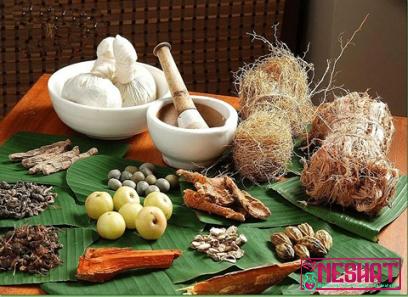
.
 As a result, the market for traditional herbal remedies is projected to reach a value of $142 billion by 2027. The Philippines, being one of the world’s biodiversity hotspots, has a unique advantage in meeting this demand. 2. Abundance of Medicinal Plants: The archipelago is blessed with a diverse range of ecological niches, making it a prime location for the growth of numerous medicinal plant species. From the popular Malunggay (Moringa oleifera), which is known for its high nutritional content, to the Tawa-tawa (Euphorbia hirta), believed to have anti-dengue properties, the Philippines boasts an impressive portfolio of medicinal plants.
As a result, the market for traditional herbal remedies is projected to reach a value of $142 billion by 2027. The Philippines, being one of the world’s biodiversity hotspots, has a unique advantage in meeting this demand. 2. Abundance of Medicinal Plants: The archipelago is blessed with a diverse range of ecological niches, making it a prime location for the growth of numerous medicinal plant species. From the popular Malunggay (Moringa oleifera), which is known for its high nutritional content, to the Tawa-tawa (Euphorbia hirta), believed to have anti-dengue properties, the Philippines boasts an impressive portfolio of medicinal plants.
..
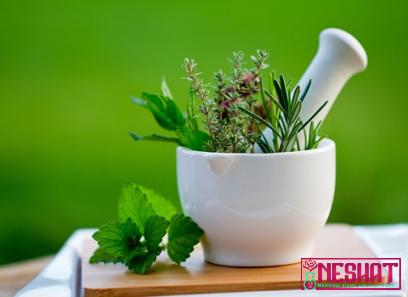 3. Sustainable Farming Practices: The cultivation of medicinal plants presents an opportunity for sustainable farming practices, as many of these plant species can be easily grown and propagated. Adopting environmentally friendly techniques, such as organic fertilizers and pest management, can ensure the production of high-quality medicinal plants while preserving the natural ecosystem. 4. Export Potential: The global market for medicinal plants offers an excellent opportunity for Filipino entrepreneurs to tap into the export potential of these valuable commodities. By establishing partnerships with international buyers and adhering to quality standards, local businesses can enter the global supply chain and reap the economic benefits.
3. Sustainable Farming Practices: The cultivation of medicinal plants presents an opportunity for sustainable farming practices, as many of these plant species can be easily grown and propagated. Adopting environmentally friendly techniques, such as organic fertilizers and pest management, can ensure the production of high-quality medicinal plants while preserving the natural ecosystem. 4. Export Potential: The global market for medicinal plants offers an excellent opportunity for Filipino entrepreneurs to tap into the export potential of these valuable commodities. By establishing partnerships with international buyers and adhering to quality standards, local businesses can enter the global supply chain and reap the economic benefits.
…
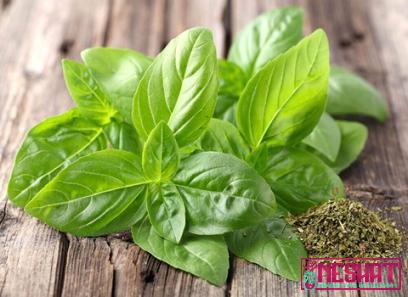 5. Value-Added Products: Apart from harvesting and exporting raw medicinal plant materials, there is also substantial potential for value addition. By processing these plants into various forms such as herbal teas, extracts, capsules, and oils, entrepreneurs can cater to a wider market and generate higher revenues. 6. Government Support: Recognizing the commercial potential of medicinal plants, the Philippine government has implemented several initiatives to support the industry. Through agencies like the Department of Agriculture and the Department of Science and Technology, entrepreneurs can access grants, funding, and technical support, encouraging both innovation and expansion. Conclusion: The medicinal plant industry in the Philippines holds immense promise for entrepreneurs who wish to enter this rapidly growing market. The country’s rich biodiversity, sustainable farming practices, rising global demand, and government support provide a solid foundation for business success. By leveraging the natural resources and adhering to high-quality standards, Filipino entrepreneurs can not only contribute to the global market but also promote the traditional healing heritage of the Philippines.
5. Value-Added Products: Apart from harvesting and exporting raw medicinal plant materials, there is also substantial potential for value addition. By processing these plants into various forms such as herbal teas, extracts, capsules, and oils, entrepreneurs can cater to a wider market and generate higher revenues. 6. Government Support: Recognizing the commercial potential of medicinal plants, the Philippine government has implemented several initiatives to support the industry. Through agencies like the Department of Agriculture and the Department of Science and Technology, entrepreneurs can access grants, funding, and technical support, encouraging both innovation and expansion. Conclusion: The medicinal plant industry in the Philippines holds immense promise for entrepreneurs who wish to enter this rapidly growing market. The country’s rich biodiversity, sustainable farming practices, rising global demand, and government support provide a solid foundation for business success. By leveraging the natural resources and adhering to high-quality standards, Filipino entrepreneurs can not only contribute to the global market but also promote the traditional healing heritage of the Philippines.

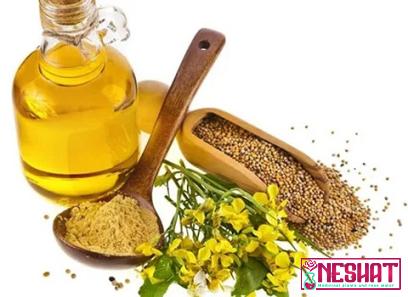
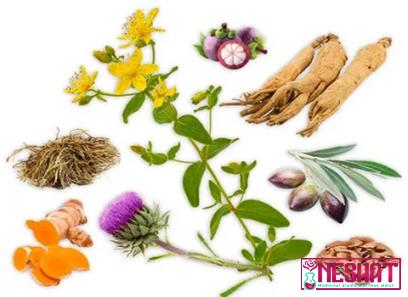

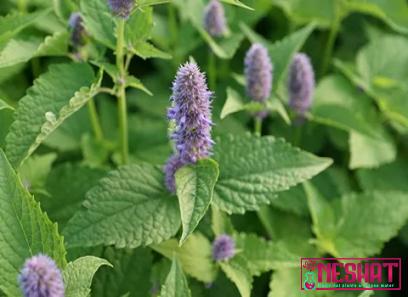





Your comment submitted.